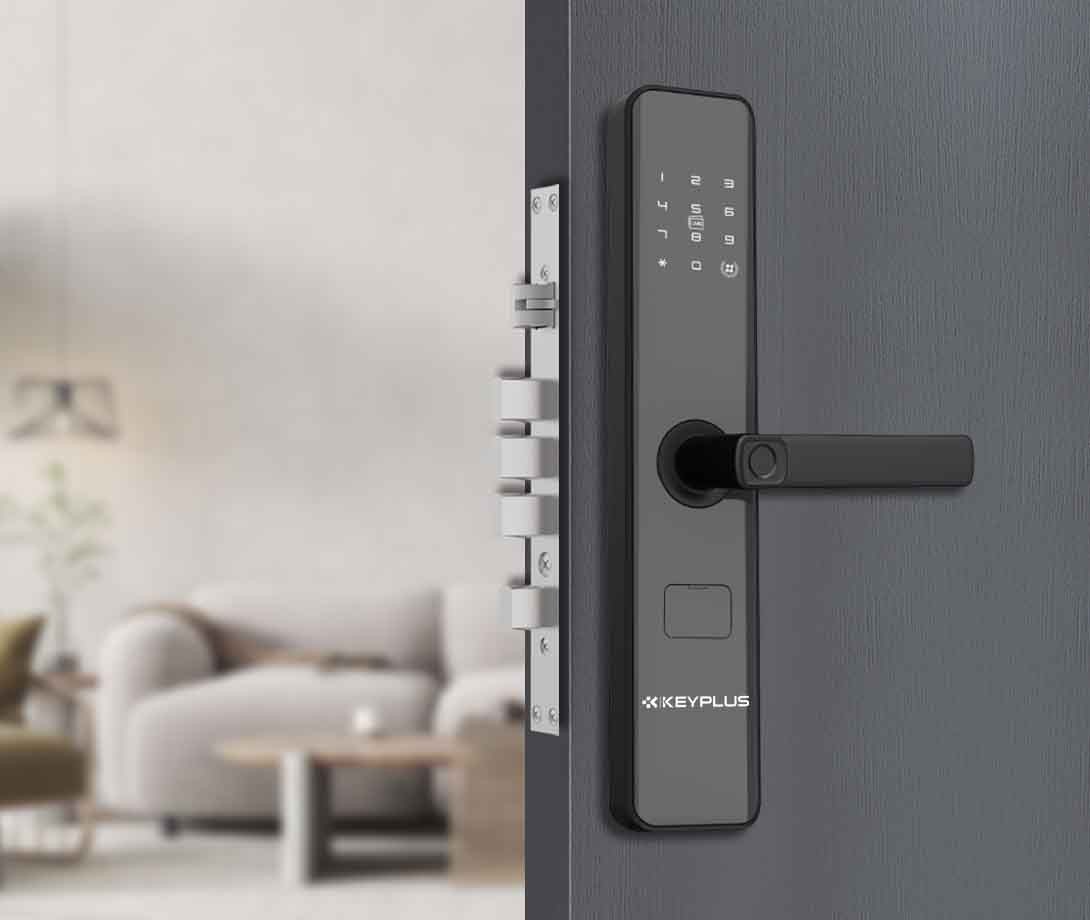What Is the Lifespan of a Digital Lock?
Digital locks have become a staple of modern home security in the U.S., offering convenience and advanced features like remote access and biometric authentication. However, their lifespan depends on several factors, from battery performance to hardware durability. This guide breaks down what you need to know about how long digital locks last and how to maximize their longevity.
Key Factors Affecting Digital Lock Lifespan
1. Battery Life: The Primary Limiting Factor
Most digital locks rely on replaceable batteries (typically AA or AAA) or lithium packs. Battery lifespan varies widely:
- Basic keypad locks: 1–2 years.
- Smart locks with Wi-Fi/Bluetooth: 3–12 months due to constant connectivity.
- RFID-enabled locks: Up to 75,000 cycles.
Why it matters: Frequent battery changes are a hassle, and dead batteries can leave you locked out. Many locks include low-battery alerts or emergency power options like 9V battery ports.
2. Hardware Durability
Digital locks are built from materials like aluminum alloy, ABS plastic, and tempered glass. Their mechanical components—such as bolts and sensors—determine long-term reliability:
- Fingerprint sensors: Prone to wear from dirt or moisture but typically last 5–7 years with proper care.
- Keypads and touchscreens: Designed for 100,000+ presses.
- Lock mechanisms: Motorized deadbolts may degrade faster than manual ones, averaging 5–10 years.
Pro tip: Opt for weather-resistant models if installing outdoors, as extreme temperatures can shorten lifespan.
3. Software and Connectivity
Smart locks with Wi-Fi or Bluetooth depend on software updates and network stability:
- App compatibility: Locks may become obsolete if manufacturers stop supporting older apps.
- Security updates: Regular firmware updates are critical to prevent hacking vulnerabilities.
4. Installation and Maintenance
Poor installation accelerates wear:
- Misaligned doors: Strain the lock mechanism, leading to premature failure.
- Dust and debris: Accumulation in fingerprint sensors or keypads reduces accuracy.
Maintenance checklist:
- Clean fingerprint scanners monthly with a microfiber cloth.
- Lubricate bolts annually with graphite powder.
- Replace batteries proactively, even if alerts haven’t triggered.
How to Extend Your Digital Lock’s Lifespan
1. Choose the Right Lock for Your Needs
- High-traffic areas: Opt for commercial-grade locks.
- Low-tech users: Keypad-only models avoid Wi-Fi dependency and last longer.
- Renters: Consider using a lock that is designed to be portable, which will avoid the wear and tear of a permanent installation.
2. Optimize Battery Usage
- Use lithium batteries for extreme temperatures (-20°F to 120°F).
- Disable unnecessary features (e.g., auto-lock) to conserve power.
3. Leverage Warranties and Support
Most brands offer:
- 1-year electronics warranties.
- Lifetime mechanical warranties for bolts and housings.
The Future of Digital Lock Longevity
1. Battery-Free Technology
Innovations like Infineon’s NFC-powered locks use energy harvested from smartphones, eliminating batteries entirely. These locks are ideal for low-power applications (e.g., gym lockers) and could last decades.
2. Self-Maintaining Systems
Some locks now feature self-cleaning sensors and diagnostic apps that predict failures before they occur.
3. Modular Designs
Allows users to upgrade individual components, such as the Wi-Fi module, without having to replace the entire lock.
Real-World Lifespan Expectations by Lock Type
| Lock Type | Average Lifespan | Key Considerations |
|---|---|---|
| Basic Keypad | 5–7 years | Low maintenance, no Wi-Fi |
| Smart Lock | 4–6 years | Dependent on software updates |
| Biometric | 5–8 years | Sensor degradation over time |
| Commercial-Grade | 10+ years | Built for high-traffic use |
When to Replace Your Digital Lock
- Frequent malfunctions: Persistent issues like unresponsive keypads or failed motorized bolts.
- Outdated security: Lacks encryption updates or modern protocols.
- Physical damage: Cracks, rust, or loose components compromise security.
Conclusion: Balancing Convenience and Longevity
Digital locks offer unparalleled convenience but require mindful maintenance to maximize their lifespan. For most Americans, a well-chosen lock can last 5–7 years, with high-end models exceeding a decade. Key steps include:
- Prioritizing battery management
- Scheduling regular maintenance
- Staying updated on software
As battery-free and self-diagnostic technologies emerge, future digital locks may offer even greater durability. For now, investing in reputable brands like Yale, Schlage, or August—and leveraging their warranties—ensures your home remains secure without frequent replacements.
Pro Tip: Always keep a physical backup key or emergency power source handy to avoid lockouts during critical moments!
Post time: Apr-29-2025


